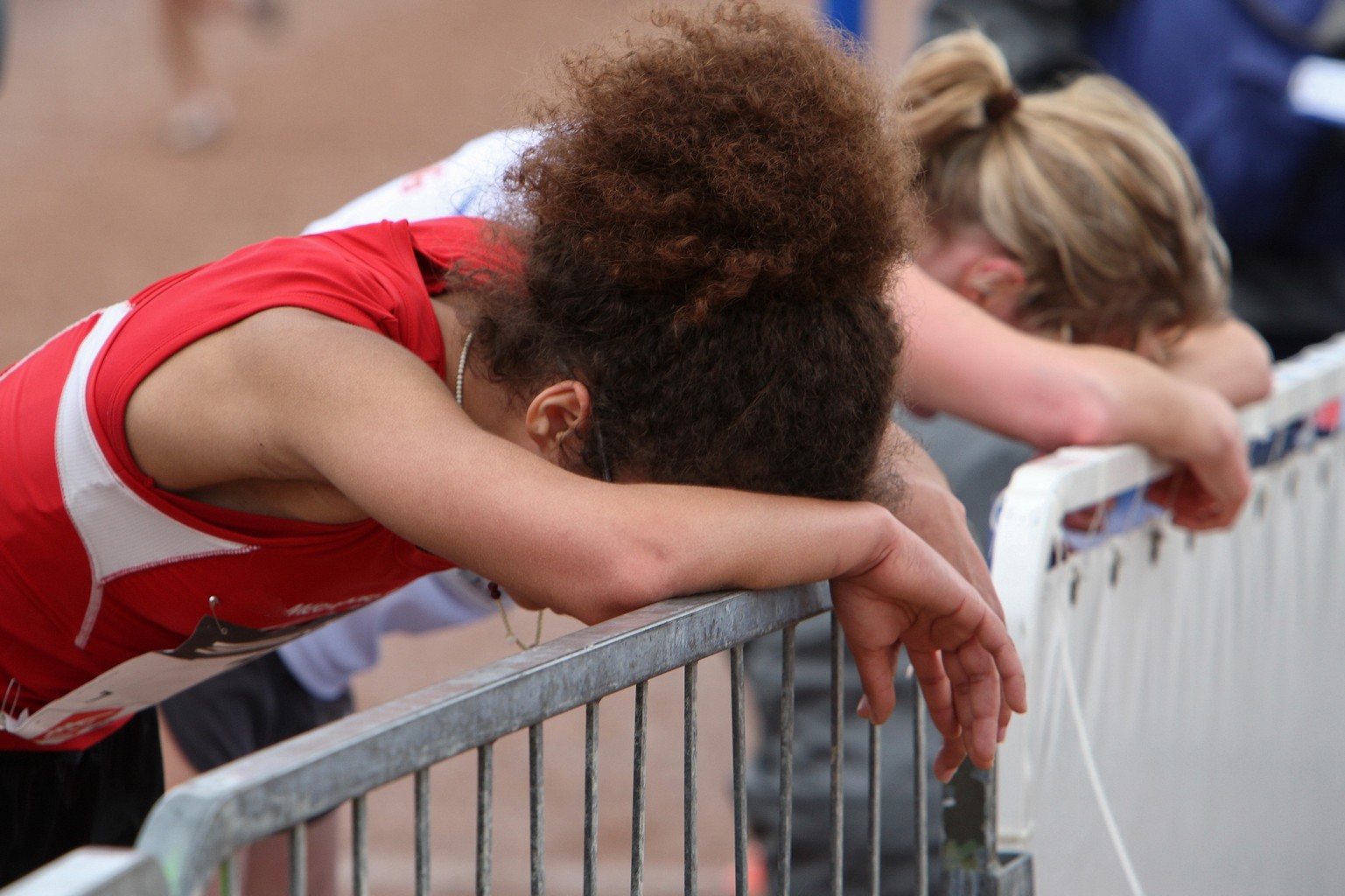

The winner can decide to serve or receive. The direction in which the racket falls after its spinning motion determines the winner). Similar to other racket sports like tennis and badminton, the core objective in squash is to make the opponent miss their shot to earn points.Ī squash match starts with a coin toss or a racket spin (the racket is spun with two players/teams standing in opposite directions. If two players/teams are tied at 10-points each, the first to build up a two-point lead wins the game. Squash match format and scoring systemĪ typical squash match is a best of five games, meaning the first to win three games wins the match.Įach game is a race to 11 points. Various balls are used depending on the level of competition but in the highest tier international tournaments, double yellow dot balls with very low speed or hang time are normally used.

There are different types of racket balls, marked by coloured dots, with varying density, bounce and speed which affects play. The maximum permitted weight is 255 gm but commonly players use rackets weighing from 90 and 150gm. The maximum hitting area (surface with interwoven strings) permissible is 500sqcm. Rackets used for squash are 686mm long and 215mm wide. Squash rackets are somewhat similar to tennis rackets but differ slightly in shape. The out line of the back wall, meanwhile, is at a height of 2.13m from the floor and hence the out lines along the side walls which connect the out lines of the front and back walls are slightly inclined.Ĭourt dimensions and the distance of the markings can vary slightly from competition to competition but the basic layout of squash courts are the same. A tin is the squash equivalent to what a net is in tennis.Ī service line and an out line are also drawn on the front wall at a height of 1.78m and 4.57m from the floor, respectively. The half-court line and the short line essentially forms a T with the back wall as base.īehind the short line and adjoining the two side walls, two service boxes (1.6mx1.6m) are drawn.Īt the bottom of the front wall, a thin strip of 48cm is placed, which is called the tin. For singles, the short line is 4.26m away from the back wall while the distance is 4.57m for a doubles squash court.Ī half-court line, parallel and equidistant to both the side walls is then drawn from the short line to the back wall. The two walls on either side are side walls.Ī short line is drawn parallel to the back wall dividing the playing surface into two parts. The wall at the back is called the back wall while the one on the front is called the front wall. Squash court: MeasurementsĪ squash court is typically a rectangular surface (9.75m圆.4m in dimension for singles and 13.72mx7.62m for doubles) enclosed by four walls.
SQUASH SPORT HOW TO
Like tennis, squash is also a racket and ball sport but the dynamics of squash differ considerably from its cousin.įor laymen, here’s a basic overview of how to play squash and the rules of the game. Big-ticket dedicated tournaments like the World Squash Championships have also been around since the mid-1970s. Though not an Olympic sport yet, squash has been a part of the Asian Games since 1986 and the Commonwealth Games since 1998. player or coach, your first point of contact is your Member Nation.Invented in England in the early 19th century, squash has rapidly gained popularity among both enthusiasts and professionals. Please note that all emails received relating to ESF tournaments will be directed to online invitations and all emails received relating to ESF ESID will be directed to online FAQ. We aim to repond to any emails received within 48 hours. We are a small busy office open core hours Monday to Friday providing a service to our Members and ESF volunteers. Our head office is located in Birmingham, England, and is staffed by two part-time employees who are responsible for communicating with all of our member nations. We have set up various committees, all run by volunteers, to focus on specific development areas including championships, juniors, masters, coaching, referees and marketing. We also hold an Annual General Meeting once a year, to which all of our member nations are invited to attend. We are run by a Board of Directors, based all over Europe, who meet up four times a year to discuss the development of the sport and our working practices. The European Squash Federation (ESF) was set up in 1973 in order to develop and promote squash across Europe.


 0 kommentar(er)
0 kommentar(er)
